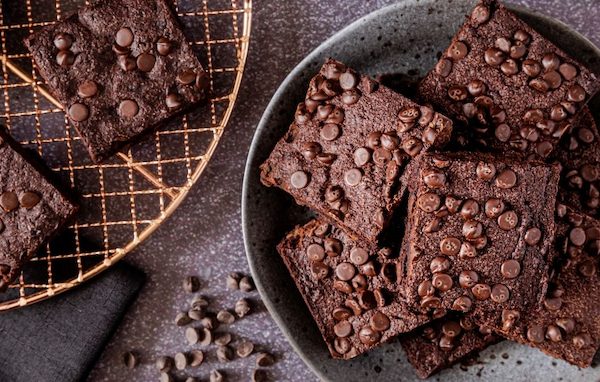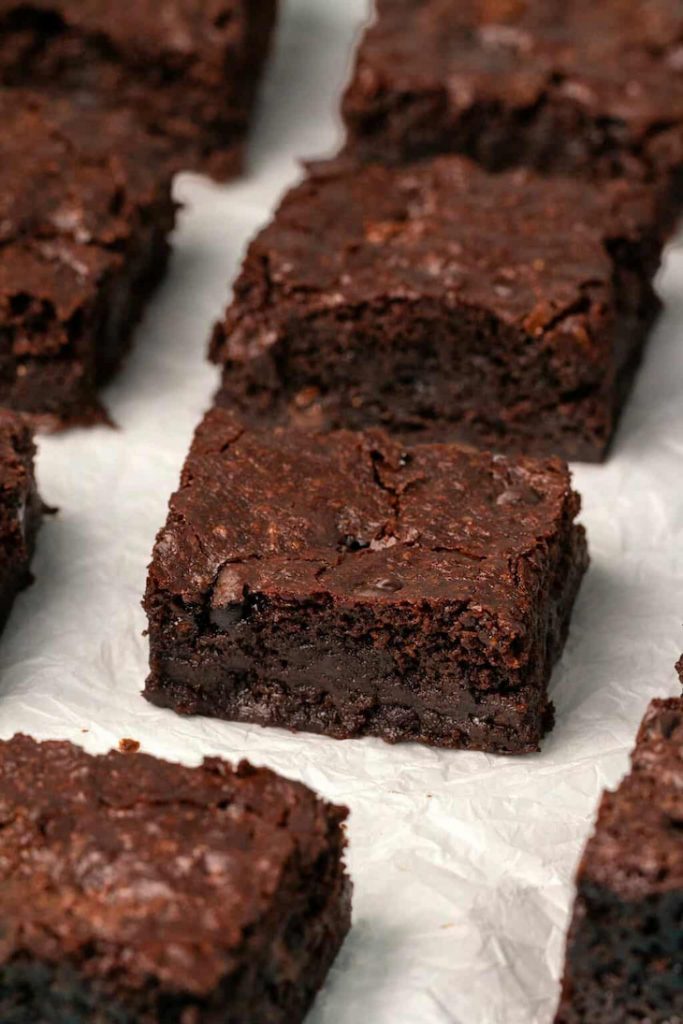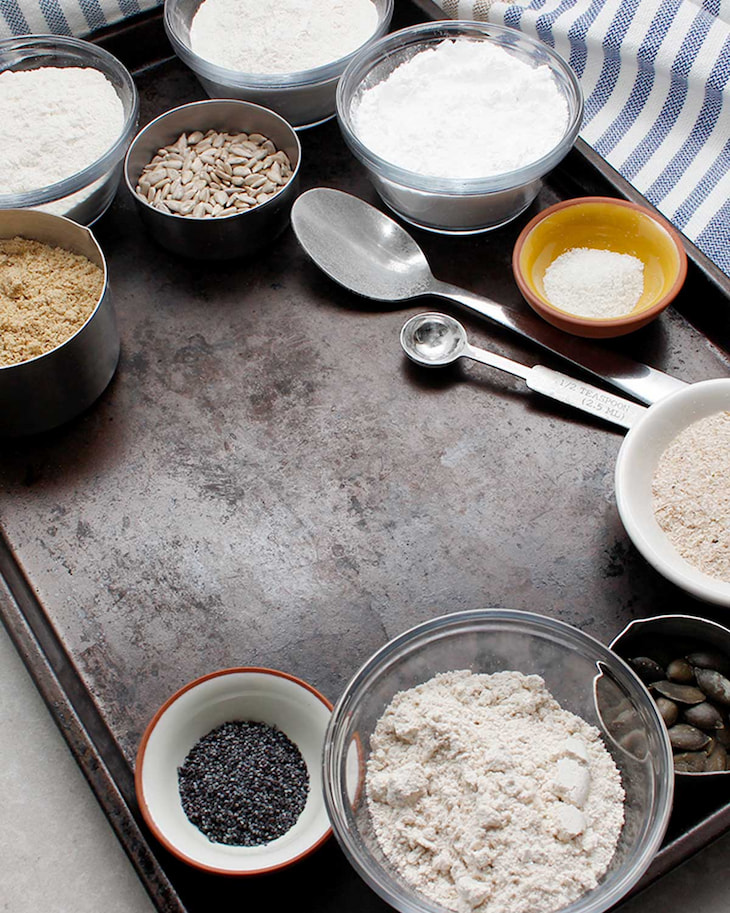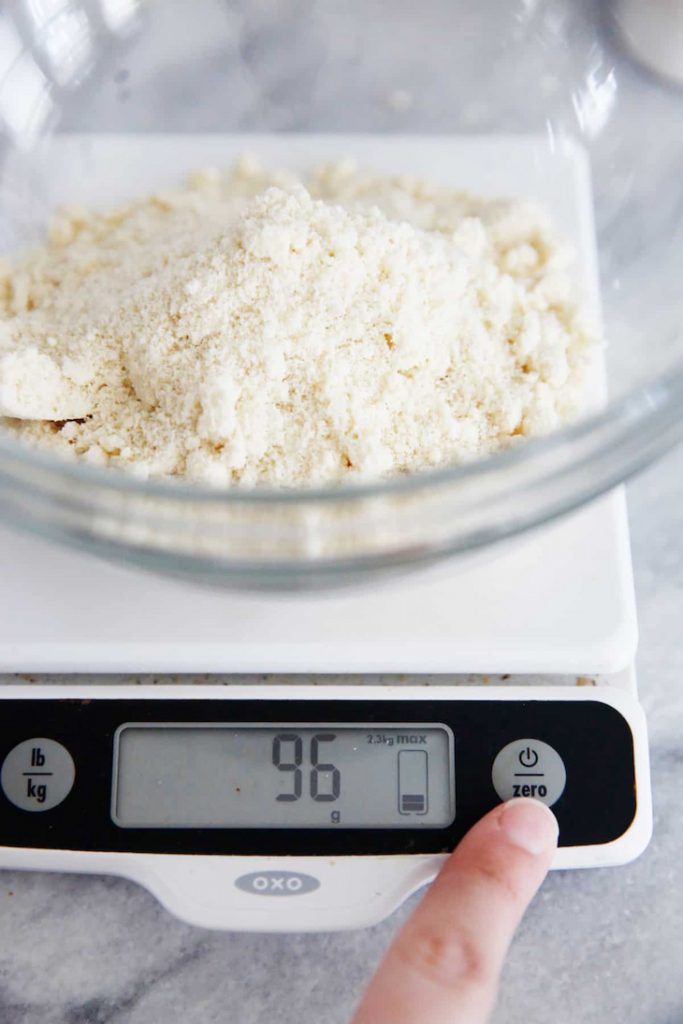15
Nov

If you’re a lover of brownies, cakes and bread, there’s nothing more devastating than learning that you can no longer consume the gluten that is essential to those foods. Still, there is absolutely no reason this should keep you from enjoying the familiar and beloved baked goods. Today, there are countless gluten-free substitutes for common baking components that are easily accessible in every grocery shop.
Learning the craft of gluten-free baking can take your oven abilities to a whole new level, whether you have severe gluten sensitivity or are simply attempting to reduce your gluten consumption for dietary reasons. You’ll be eating all the gluten-free bread, cake, pies, and pastries your body can handle in no time with the help of these ingredients, tips, methods, and recipes.
Being a busy person and sticking to a gluten-free diet is not an easy life. Sometimes all you really want is a cookie that rivals grandma’s or a brownie that tastes like home, but you can never seem to find either. Surprise! The grocery aisles are lined with a tonne of delicious and healthy baking mixes.
One such example is Bob’s Red Mill brownie mix. You can buy this gf brownie mix at any well-stocked health and whole food store. This gluten-free brownie mix is a must for chocolate fans since it combines an intensely flavorful dark chocolate taste with a delectably moist cake mix to create an instant favourite.

Keep it in your cupboard for a quick dessert or elegant afternoon tea for people who are gluten intolerant or have coeliac disease. This gf brownie mix is perfect for everyone that’s health conscious or has food sensitivities since it’s entirely wheat, dairy and lactose-free.
Not everyone has experience with baking, if this is you, don’t be ashamed to start with store-bought mixes until you get the hang of it.
Beginning gluten-free bakers may want to start with an all-purpose gluten-free mix. This will help you get results consistent with the recipes. But as you gain experience, you may start experimenting by mixing your favourite wheat-free flours to create unique textures and flavours.
While there are countless of health baking essentials, the best gluten-free flours, as well as binding ingredients = are the following:

If you’re just starting out with gluten-free baking, stick closely to the gluten-free recipes at first to get a sense of the kinds of components and proportions that are frequently used in these recipes. When you are sufficiently experienced, you can start modifying your own recipes and experimenting with the formulas.
You’ll discover that each kind of gluten-free flour behaves differently when scooped and measured. That said, baking won’t be consistent if you just scoop out a cup and level it off because different ingredients have varied textures and levels of fineness.
Instead, use a kitchen scale to weigh your flours instead of measuring them by volume. As a general rule, you should use 140 grammes of your gluten-free flour blend for every cup of regular flour in a recipe.

If you’re using a 1:1 all-purpose gluten-free flour mix as a replacement, be sure to read the label to see if a binder, such as xanthan gum, has been added. The bulk of recipes will require you to add your own binders if not.
While it’s true that gluten-free baked items often have a grainier texture, one approach to avoid this is to let your batter or dough rest for at least 30 minutes before baking. This will allow the moisture to properly absorb by the flour and avoid the separation that causes graininess.
Xanthan gum and starchy flours can give the finished product a slightly sticky texture. This is because both of these ingredients hold onto moisture, which prevents steam from escaping from your baked items.
Instead of keeping them in the warm pan they were baked in, move your hot baked items to a rack to allow them to cool from all sides in order to combat this.